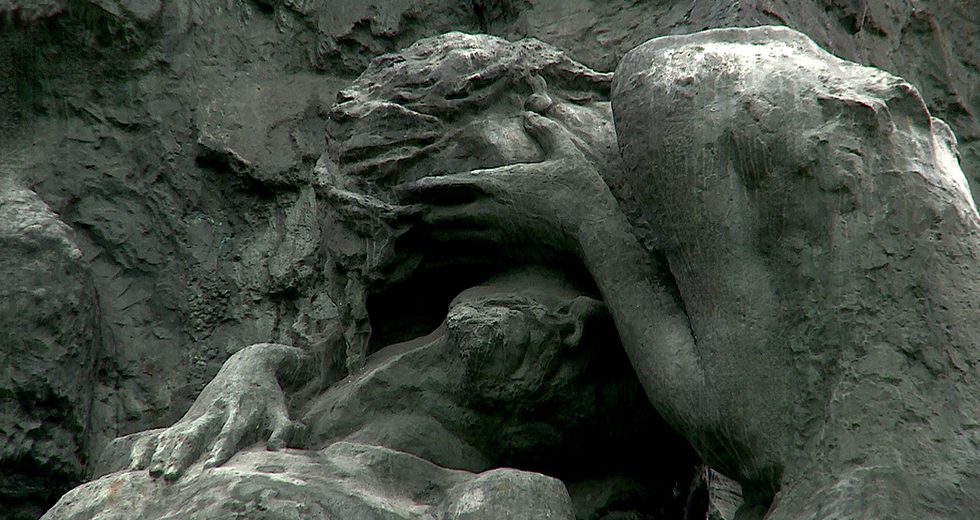
More than 75 years ago, one of the most horrific atrocities of World War II occurred in a ravine near the occupied city of Kiev, Ukraine.
After German forces took Kiev on Sept. 19, 1941, Soviet engineers destroyed the invading army’s headquarters and nearby buildings. In retaliation, SS squads prepared to execute the city’s Jewish population as part of the Nazis’ ongoing death campaign known as the Final Solution. On Sept. 29, more than 34,000 men, women and children began a forced march to Babi Yar, a ravine north of Kiev. Once there, they were ordered to strip and then were systematically massacred by machine-gun fire. The dead and wounded were not buried, merely covered over with earth and rocks.
Between 1941 and 1943, thousands of additional Jews, Soviet officials and Russian prisoners of war were executed at Babi Yar, with an estimated death total of 100,000. As German forces retreated from the Soviet Union, they attempted to hide evidence by exhuming the bodies and burning them in large fires. Numerous eyewitnesses and other evidence confirmed the massacre.
Babi Yar became a symbol of Jewish suffering during the Holocaust and crimes against humanity in general. Despite efforts — first by the Nazis and later by Soviet authorities — to cover up the murders, activists and artists refused to let Babi Yar be forgotten. In 1959, in the journal Literaturnaya Gazeta, writer Viktor Nekrasov called for a memorial at Babi Yar. Two years later, the same publication published the poem “Babi Yar” by Yevgeny Yevtushenko (1932-2017), which influenced public opinion within and outside the Soviet Union.
Composer Dmitri Shostakovich incorporated stanzas of Yevtushenko’s poem into his Symphony No. 13 (Babi Yar), completed in July 1962. (Under Riccardo Muti, the Chicago Symphony Orchestra and men of the Chicago Symphony Chorus will perform the work in concerts Sept. 21-22 and 25, with bass Alexey Tikhomirov.) Shostakovich observed:
We must never forget about the dangers of anti-Semitism and keep reminding others of it, because the infection is still alive and who knows if it will ever disappear. That’s why I was overjoyed when I read Yevtushenko’s “Babi Yar”; the poem astounded me. It astounded thousands of people. Many had heard about Babi Yar, but it took Yevtushenko’s poem to make them aware of it. They tried to destroy the memory of Babi Yar; first, the Germans and then the Ukrainian government. But after Yevtushenko’s poem, it became clear that it would never be forgotten. That is the power of art.
TOP: A detail of a sculpture depicting the Babi Yar massacre.